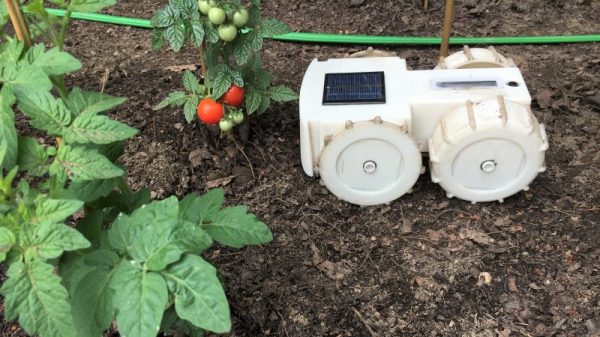[Reuters] reports that BlackBerry is working with at least two car manufacturers to develop a remote malware scanner for vehicles, On finding something wrong the program would then tell drivers to pull over if they were in critical danger.
The service would be able to install over-the-air patches to idle cars and is in testing phase by Aston Martin and Range Rover. The service could be active as early as next year, making BlackBerry around $10 a month per vehicle.
Since the demise of BlackBerry in the mobile phone sector, they’ve been hard at work refocusing their attention on new emerging markets. Cars are already rolling computers, and now they’re becoming more and more networked with Bluetooth and Internet connections. This obviously leaves cars open to new types of attacks as demonstrated by [Charlie Miller] and [Chris Valasek]’s hack that uncovered vulnerabilities in Jeeps and led to a U.S. recall of 1.4 million cars.
BlackBerry seem to be hedging their bets on becoming the Kingpin of vehicle anti-virus. But do our cars really belong on the Internet in the first place?





















